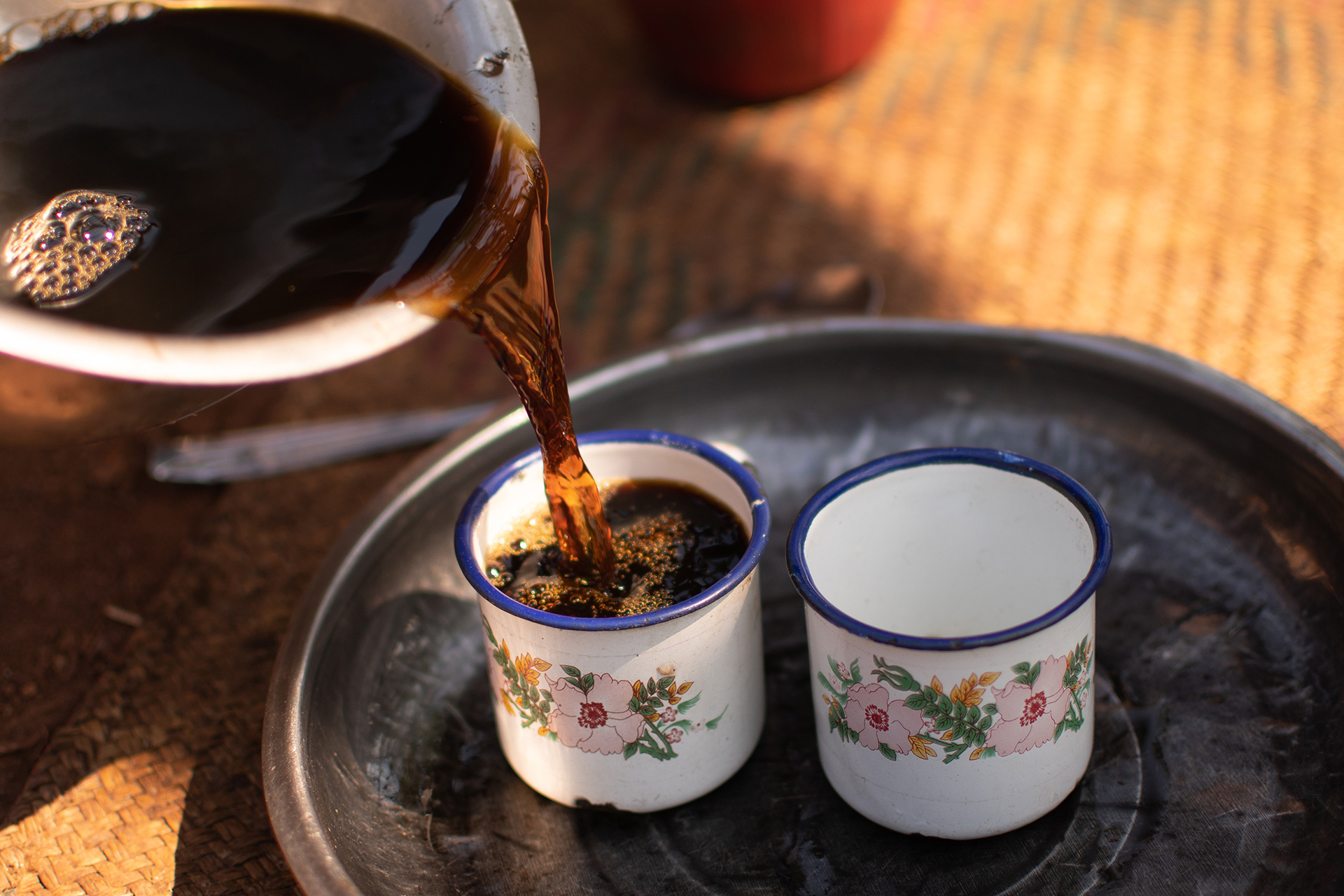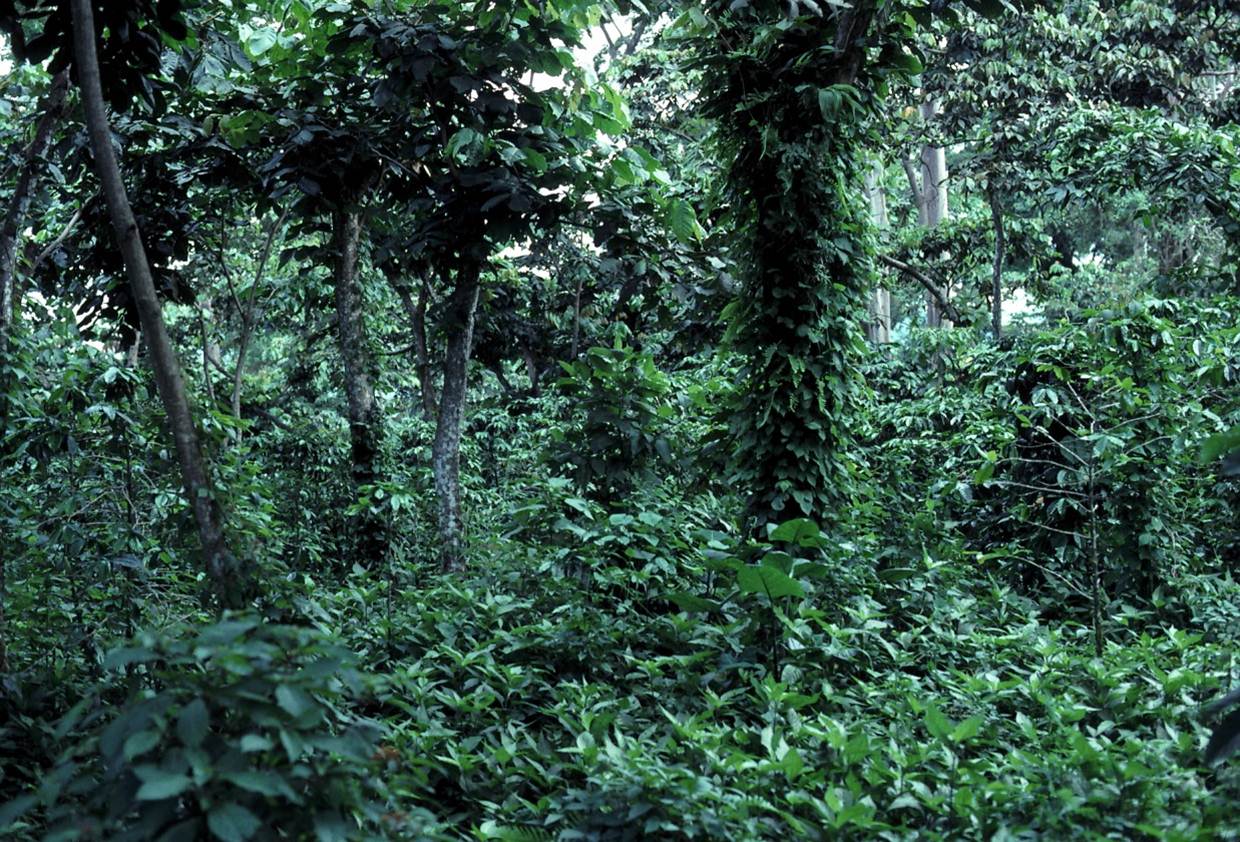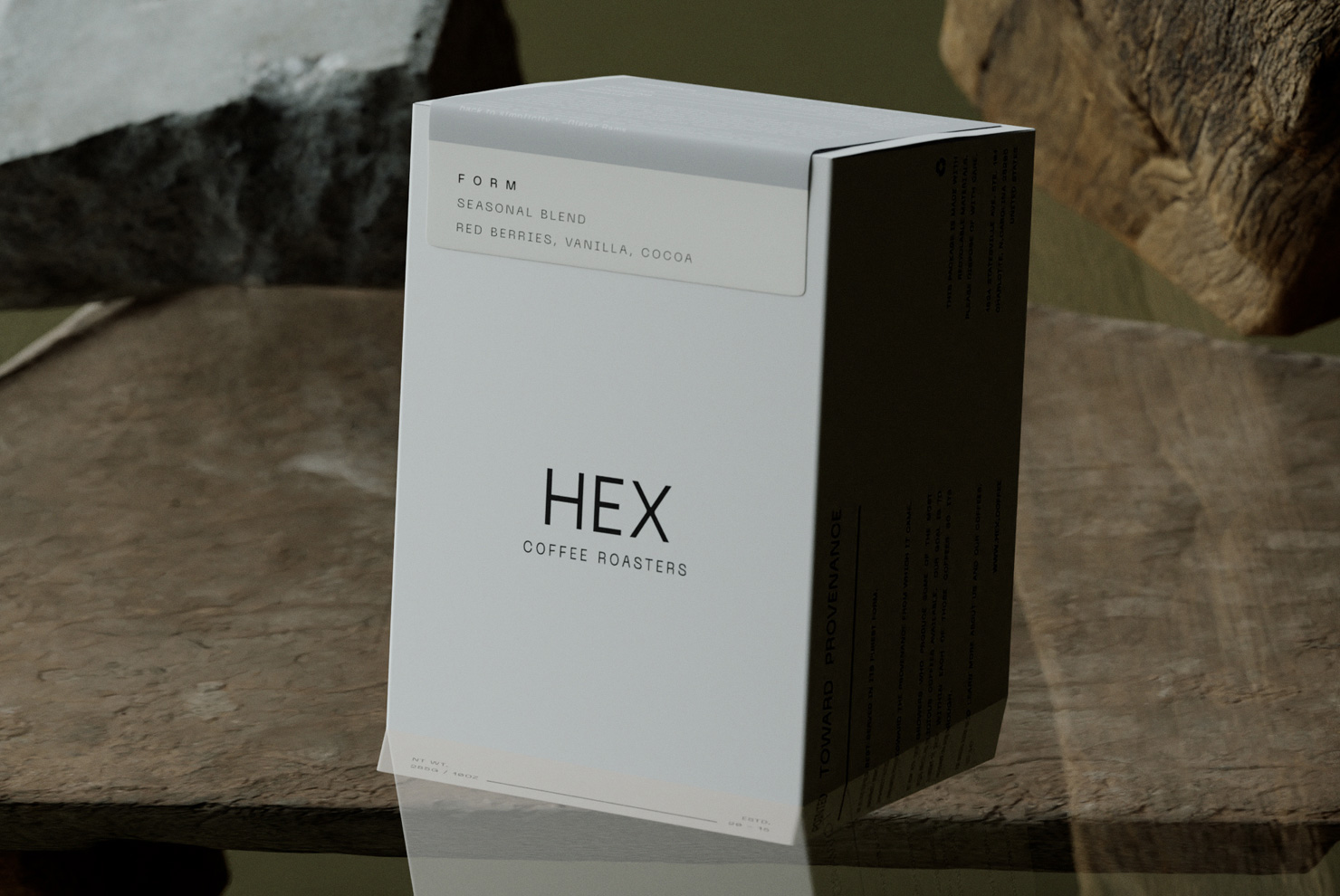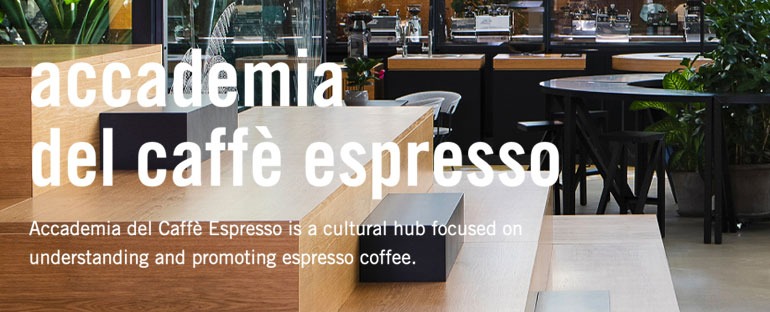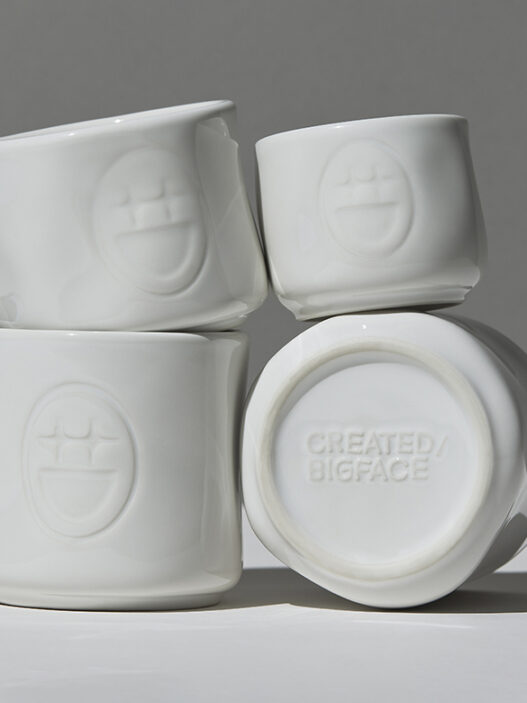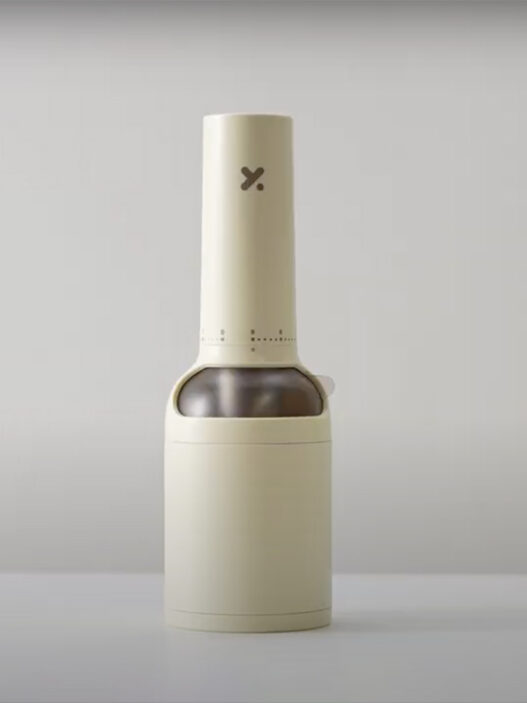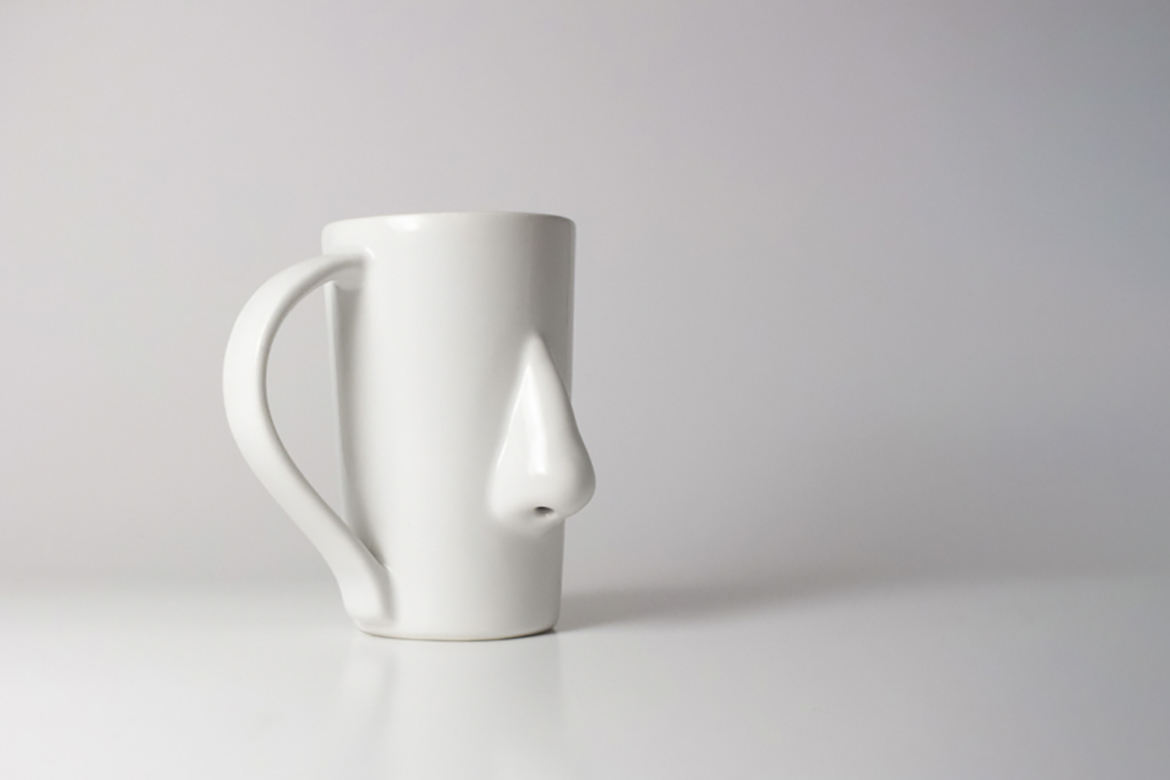Shade-grown coffee is something even the average consumer has at least heard about, often marketed as superior to its non-shaded counterparts. Though the veracity of that claim is perhaps questionable and reductive to the many factors that contribute to the production of high quality coffee, shade growing nonetheless has been shown to create a number of positive effects, from producing an advantageous microclimate under the canopy to creating a beneficial polyculture for native plant and animal species (and soil) that monocropping can sometimes erode. But a new study has found another positive to shade growing coffee: it may inhibit the spread of leaf rust.
As reported by SciDev, the study is the work of researchers at Stockholm University who observed wet and dry seasons in southwest Ethiopia between 2017 and 2019, specifically the growth of fungi Hemileia vastatrix and Lecanicillium lecanii; the former is known to be the cause of roya in coffee plants and the latter is what is called a hyperparasite, a host that feeds on other parasites. And in this case, L. lecanii eats H. vastarix. The host-parasite relationship between these two fungi have been previously thought to exist, but the new study—published earlier this month in the journal Agriculture, Ecosystems & Environment—gives more rigorous scientific backing to the claim.
In their three-year study, researchers found the two fungi thriving in slightly different conditions: “Coffee leaf rust was more severe during the dry season whereas the hyperparasite was more severe during the wet season,” states co-author Beyene Zewdie. “The rust can thrive in low moisture conditions whereas the hyperparasite favours areas characterised by moist and shaded habitats.”
Per Zewdie, the microclimate under the canopy creates a more conducive environment for L. lecanii to grow, helping control any potential leaf rust outbreaks.
Bernard Mukiri Gichimu, a senior lecturer at the University of Embu’s Department of Agricultural Resource Management in Kenya, calls the findings a “major breakthrough that may have a significant contribution in the management of the coffee leaf rust.” He notes the findings have the potential to reduce environmental pollution from the use of fungicides, which can “fail to control the disease either due to poor quality or handling or resistance of the disease-causing agent to fungicide” and can have negative effects on “non-target organisms.”
The study presents an exciting development in the fight against leaf rust, which can destroy significant portions of a yearly crop, and offers the possibility of doing so in an environmentally-friendly way. While there is still more research to be done on the topic, the potential for combatting leaf rust while promoting a healthy permaculture is a win-win proposition. No non-native snails required.
Zac Cadwalader is the managing editor at Sprudge Media Network and a staff writer based in Dallas. Read more Zac Cadwalader on Sprudge.









